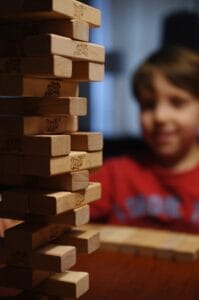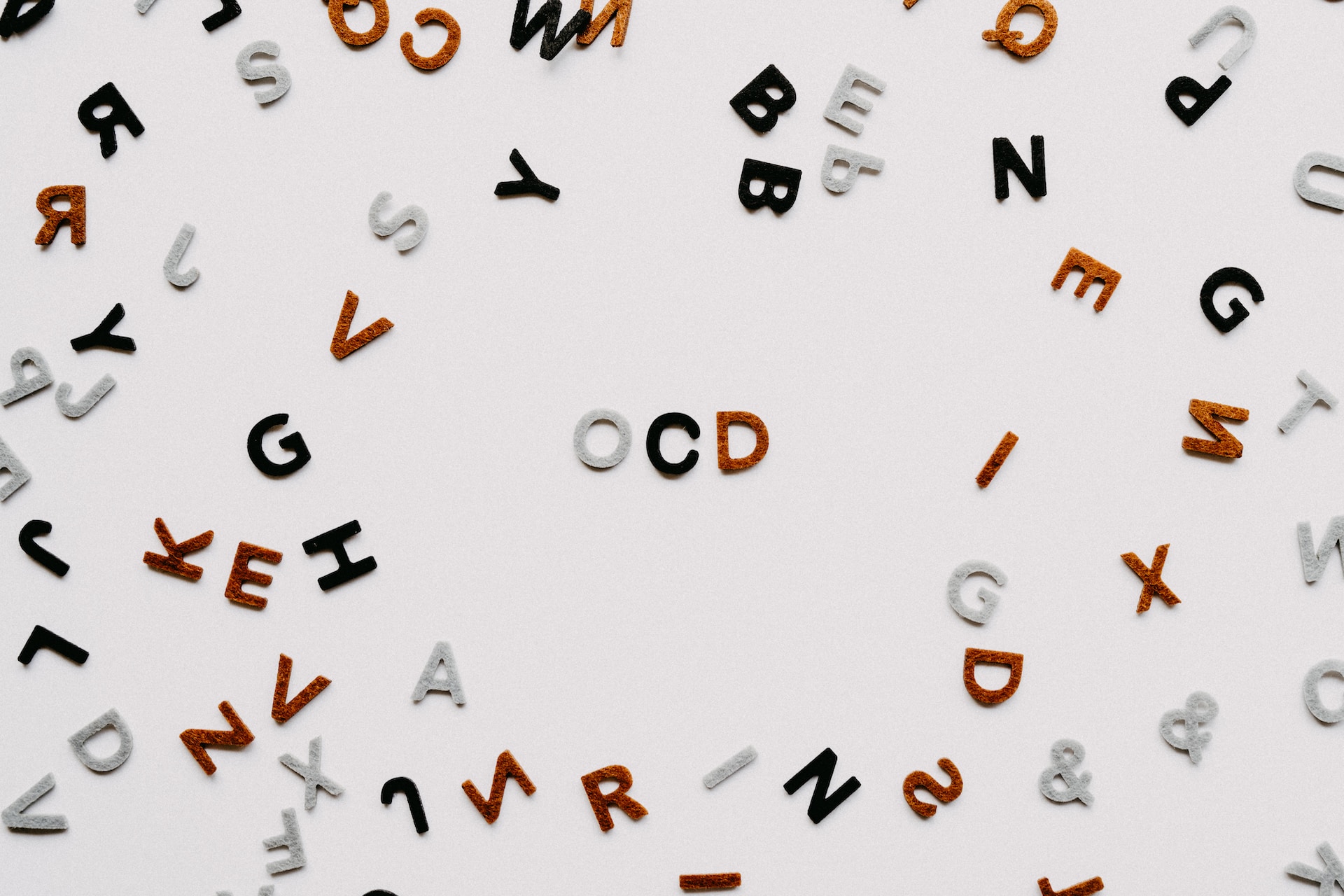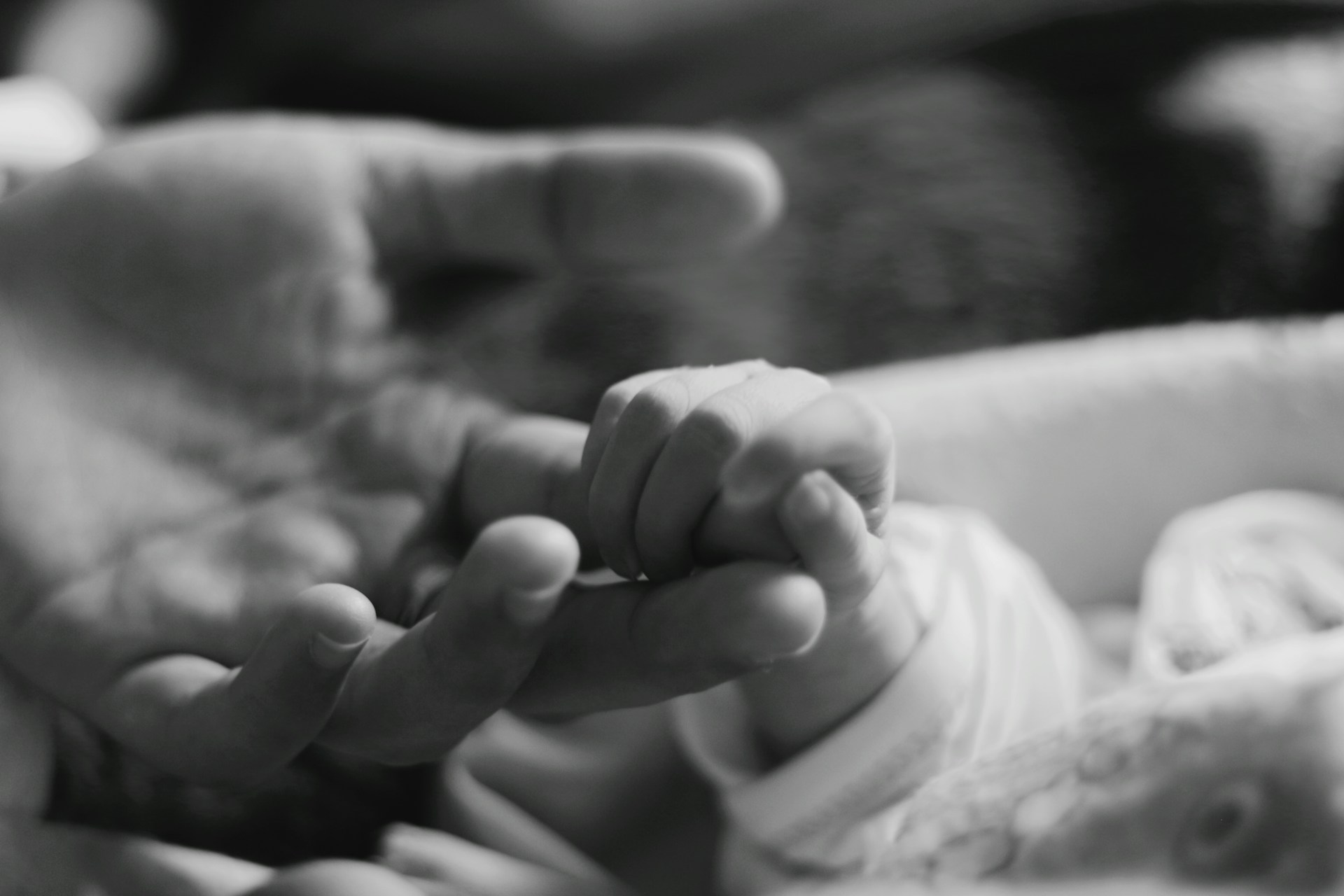Once Upon an Ordinary Day
One ordinary school day, Mrs. Johnson picked up elementary-aged Timothy from school and could tell something was bothering him. So she asked him, “How was your day, Timothy?” With a deep sigh, Timothy relayed the happenings of the day with great emotional clarity and detail,
 “Well, dear mother, my day was generally positive until Bobby made fun of my shoes followed by the “loser” sign that he placed on his forehead and the entire class burst into laughter. This made me feel small, embarrassed, and incredibly angry.
“Well, dear mother, my day was generally positive until Bobby made fun of my shoes followed by the “loser” sign that he placed on his forehead and the entire class burst into laughter. This made me feel small, embarrassed, and incredibly angry.
“I did not do anything about it at the moment, but later I took out my embarrassment and anger on Suzie as I chose to behave out of character and pull her hair. This led to a dreadful scolding from my teacher whose look of disappointment crushed my soul and only led me to feel more embarrassed and angry. Oh, Mother, I feel so much better even just getting to share this with you and get it off of my chest.”
Surely while reading this tale, you recognize immediately that this scenario has never occurred in the history of interactions with little ones. Let’s try this version on for size.
Mom asked, “Timothy, how was your day?” Timothy answers in a monotone, “Fine.” Mom tries again, “What did you do today?” Timothy responds, “Nothing.” Five minutes into the drive, Timothy is throwing a full-blown fit, leaving both mother and son feeling out of control, angry, and yelling at one another.
Mom is left feeling powerless, confused, and inadequate, and Timothy is left feeling powerless and misunderstood. What are parents supposed to do when their efforts at communicating with their child feel pointless and their relationship with their child seems characterized more by tension and disconnection than affection?
This is where play therapy for children can provide some much-needed answers and support!
Play therapy for children is like talk therapy for adults
Just like talk therapy provides adults the space to process and learn skills, child-centered play therapy provides such a safe space for children ages 3-12. The thing to remember is that children are not adults. Expecting a child to relay an accurate picture of their internal world verbally would not only be unrealistic but would also place developmentally inappropriate pressure on the child as they do not typically engage in abstract reasoning until age  eleven.
eleven.
Instead of conveying what they want, think, or feel verbally, children often act out or play out those messages. When a child perceives that their message is heard and understood, the need to act it out decreases.
Child-centered play therapy embodies the heart of God toward His children
Child-centered play therapy is all about entering the world of a child. As Christian counselors and play therapists, we recognize the central role Jesus has given his followers to minister the love of God to one another and the world.
The posture of child-centered play therapy embodies the heart and posture of God toward His children.
In your relationships with one another, have the same mindset as Christ Jesus: Who, being in very nature God, did not consider equality with God something to be used to his own advantage; rather, he made himself nothing by taking the very nature of a servant, being made in human likeness. And being found in appearance as a man, he humbled himself by becoming obedient to death – even death on a cross! – Philippians 2:5-7, NIV
Our God left His throne in heaven to come down and enter our world, to be one of us. Jesus is “Immanuel, God With Us.” Child-centered play therapy is all about taking on this posture of unconditional love and humility to enter the world of a child.
So what does this spiritual reality look like practically when it comes to play therapy for children?
Child-centered play therapy is not your typical play therapy for children
There are different kinds of play therapy for children which are directive and lead the child through a specific activity with a lesson or desired outcome, but child-centered play therapy (CCPT) involves a completely different approach. CCPT takes a non-directive approach that opens up the inner world of the child and allows the counselor to relate to the child through developmentally appropriate interactions as children process and communicate through play.
Dr. Garry Landreth states the fact in this way, “Play is a child’s language and toys are their words.” Just as talk therapy provides adults the space to process and develop skills, so it is with child-centered play therapy for children. For this reason, a playroom is intentionally arranged with carefully selected toys to provide the child with the “words” they need to express what is going on inside.
The goal of a play session is to help the child experience being unconditionally accepted and understood rather than a problem to be fixed. When a child experiences being accepted as they are without judgment, they feel safe to be vulnerable, explore, and express himself or herself, and they experience the freedom of change.
 The CCPT therapist is trained with intentional and empathic reflections, limit-setting, and esteem-building responses that help a child experience unconditional love and develop skills such as self-confidence, self-regulation, and self-control.
The CCPT therapist is trained with intentional and empathic reflections, limit-setting, and esteem-building responses that help a child experience unconditional love and develop skills such as self-confidence, self-regulation, and self-control.
The therapist also uses responses during play that return responsibility to the child so that the child feels empowered and capable in areas where they have felt powerless and amid situations that are outside of their control.
CCPT is the most researched form of play therapy for children
Child-centered play therapy is evidence-based and is the most researched form of play therapy for children. Research supports the claim that CCPT often leads to statistically significant decreases in concerning and unwanted behaviors, symptoms, and struggles amid varying circumstances and diagnoses, and it demonstrates significantly increased self-concept. To learn more about the research regarding child-centered play therapy:
evidencebasedchildtherapy.com
cpt.unt.edu/researchpublications/meta-analyses
It is important to take the pressure off and trust the process
It is important that children do not feel pressured by the therapist to share a specific topic or experience, and it is equally important that they do not feel pressured by their parents to give an account of what they did or discussed during the play session. Understandably, parents want to hear from their children that play therapy is helping or going well or know what they do in play sessions.
Do not worry if you hear the common response from children when asked what they did in play therapy, “We just played!” Children don’t see through the same lenses as adults, so they often don’t recognize when something significant has occurred. They do not have to be aware change is occurring for change to occur.
CCPT helps children experience unconditional acceptance and develop critical skill
Through their native language of play with a trained child-centered play therapist, children learn and develop skills of self-responsibility, creative problem-solving, self-control, self-regulation, self-direction, self-confidence, and self-acceptance.
Play therapy doesn’t stop with children
What’s more, the trained child-centered play therapist can also provide Child-Parent Relationship Therapy where they train parents in the therapeutic responses and skills of play therapy to use with their children at home!
So what’s next?
If you relate to the interaction with Timothy and his mom, or you find yourself in a difficult situation with your child where you are experiencing more disconnection than connection, it may be time to explore the option of child-centered play therapy. I would be happy to discuss this option with you to see if this model of therapy could be a good fit for your child and family’s situation specifically!
 You are not alone in this parenting journey! It would be my honor and privilege to support you with empathy, compassion, and practical parenting tools. To schedule a session or connect with me, you can call (817) 918-1787 or submit a form online here.
You are not alone in this parenting journey! It would be my honor and privilege to support you with empathy, compassion, and practical parenting tools. To schedule a session or connect with me, you can call (817) 918-1787 or submit a form online here.
The above information is adapted from:Landreth, Garry L. Play Therapy: The Art of the Relationship, 3rd Edition. New York, Routledge, 2012
Bratton, S.; Landreth G., Child-Parent Relationship Therapy Treatment Manual: An Evidence-Based 10-Session Filial Therapy Model, 2nd Edition, New York, Routledge, 2020
Photos:
“Playtime!”, Courtesy of Robert Collins, Unsplash.com, CC0 License; “Coloring”, Courtesy of Aaron Burden, Unsplash.com; CC0 License; “Jenga”, Courtesy of Michal Parzuchowski, Unsplash.com, CC0 License; “Playing with Playdough”, Courtesy of Getty Images, Unsplash.com, Unsplash+ License
-
Kate Motaung: Curator
Kate Motaung is the Senior Writer, Editor, and Content Manager for a multi-state company. She is the author of several books including Letters to Grief, 101 Prayers for Comfort in Difficult Times, and A Place to Land: A Story of Longing and Belonging...
DISCLAIMER: THIS ARTICLE DOES NOT PROVIDE MEDICAL ADVICE
Articles are intended for informational purposes only and do not constitute medical advice; the content is not intended to be a substitute for professional medical advice, diagnosis, or treatment. All opinions expressed by authors and quoted sources are their own and do not necessarily reflect the opinions of the editors, publishers or editorial boards of Stone Oak Christian Counseling. This website does not recommend or endorse any specific tests, physicians, products, procedures, opinions, or other information that may be mentioned on the Site. Reliance on any information provided by this website is solely at your own risk.





